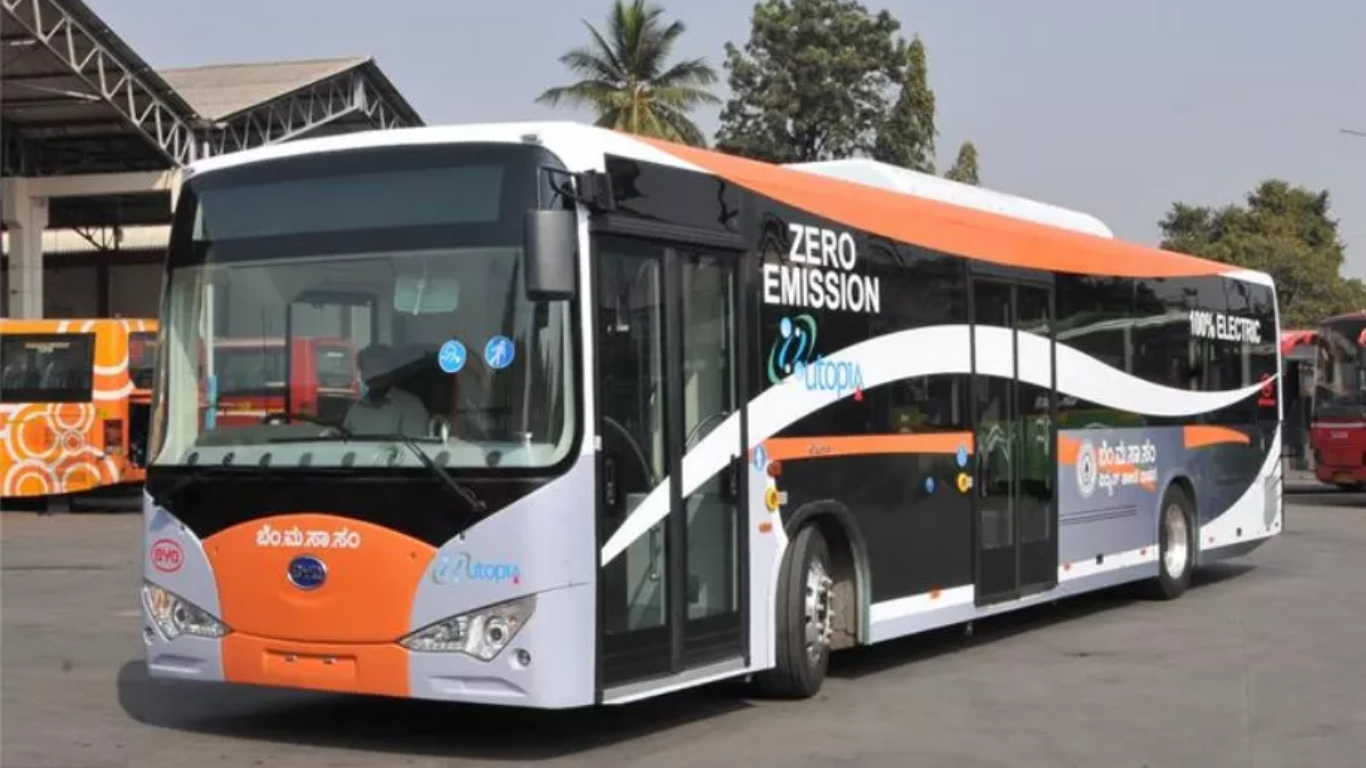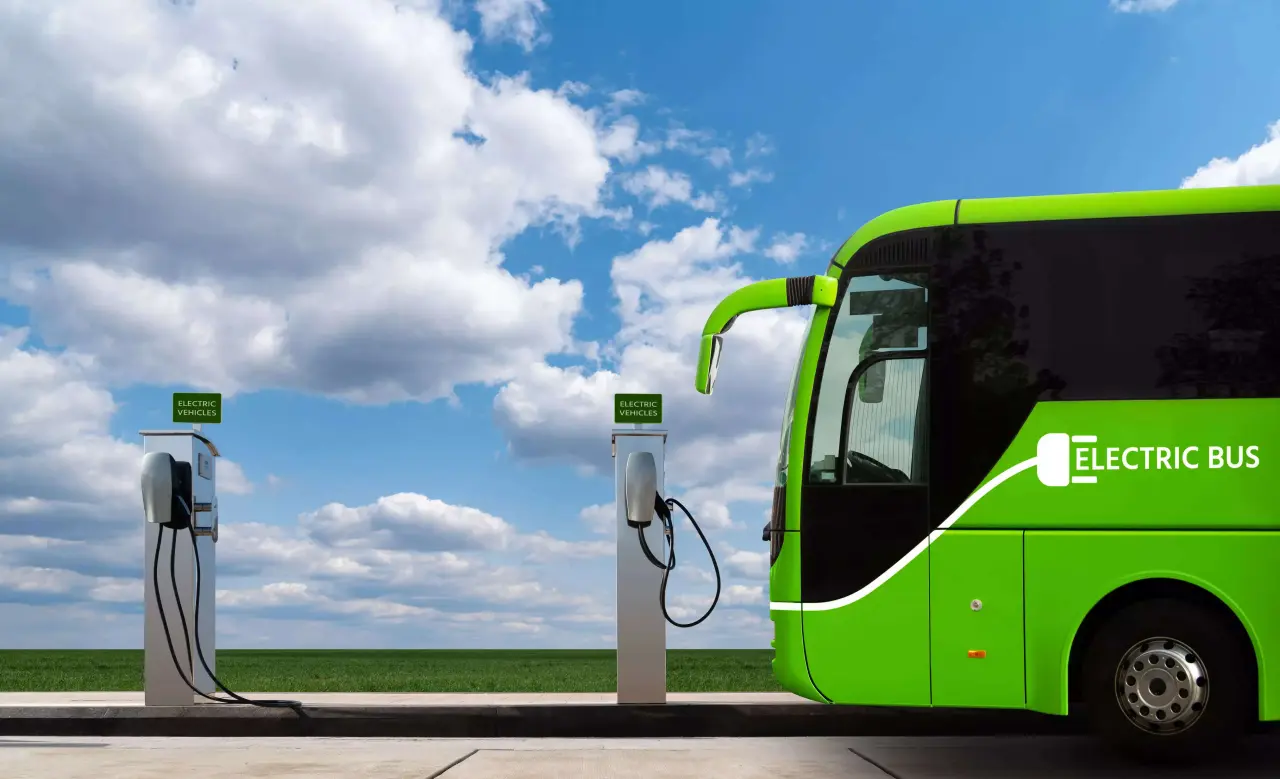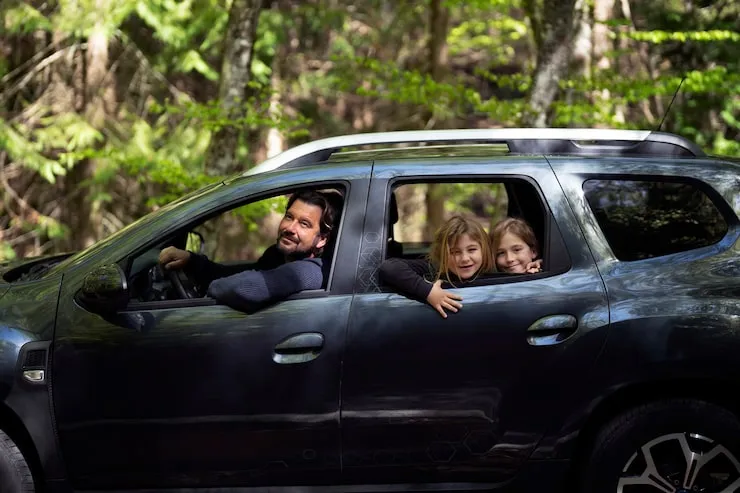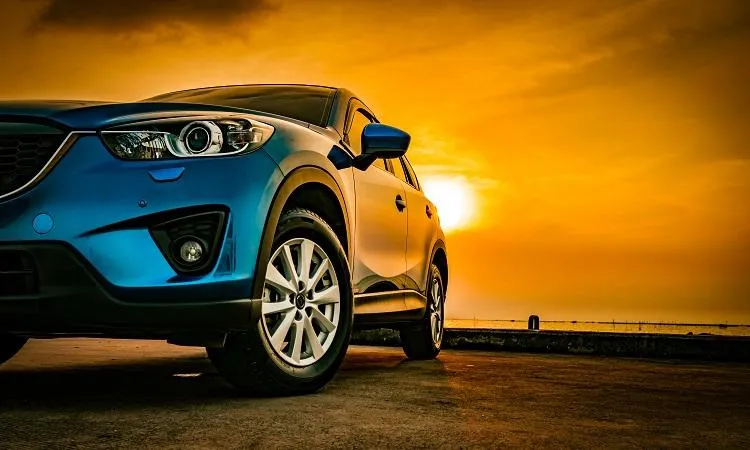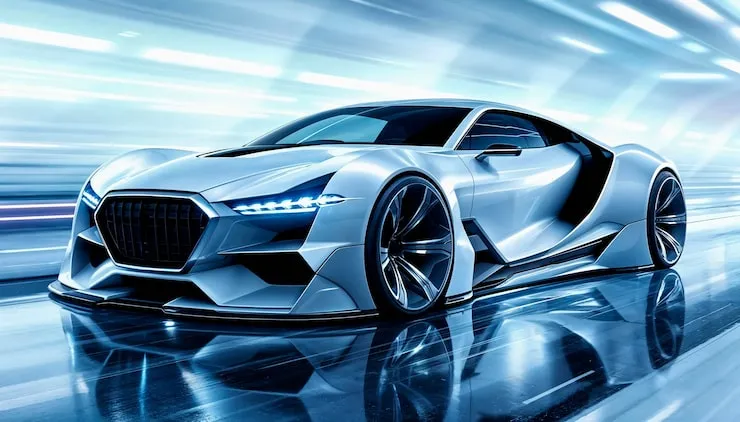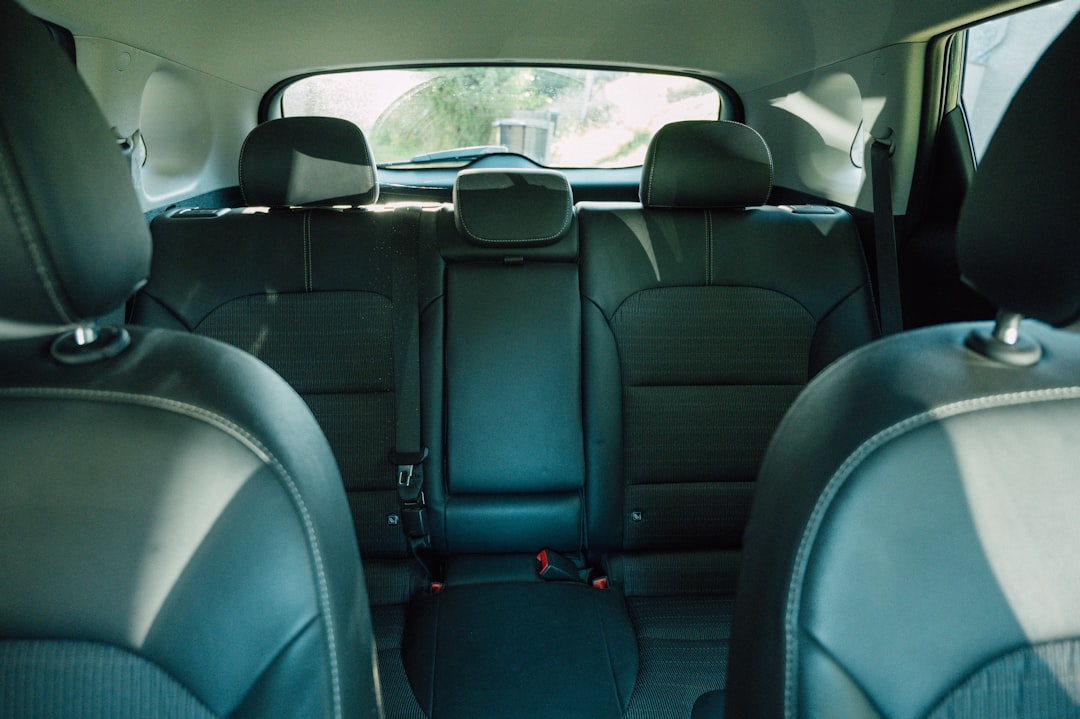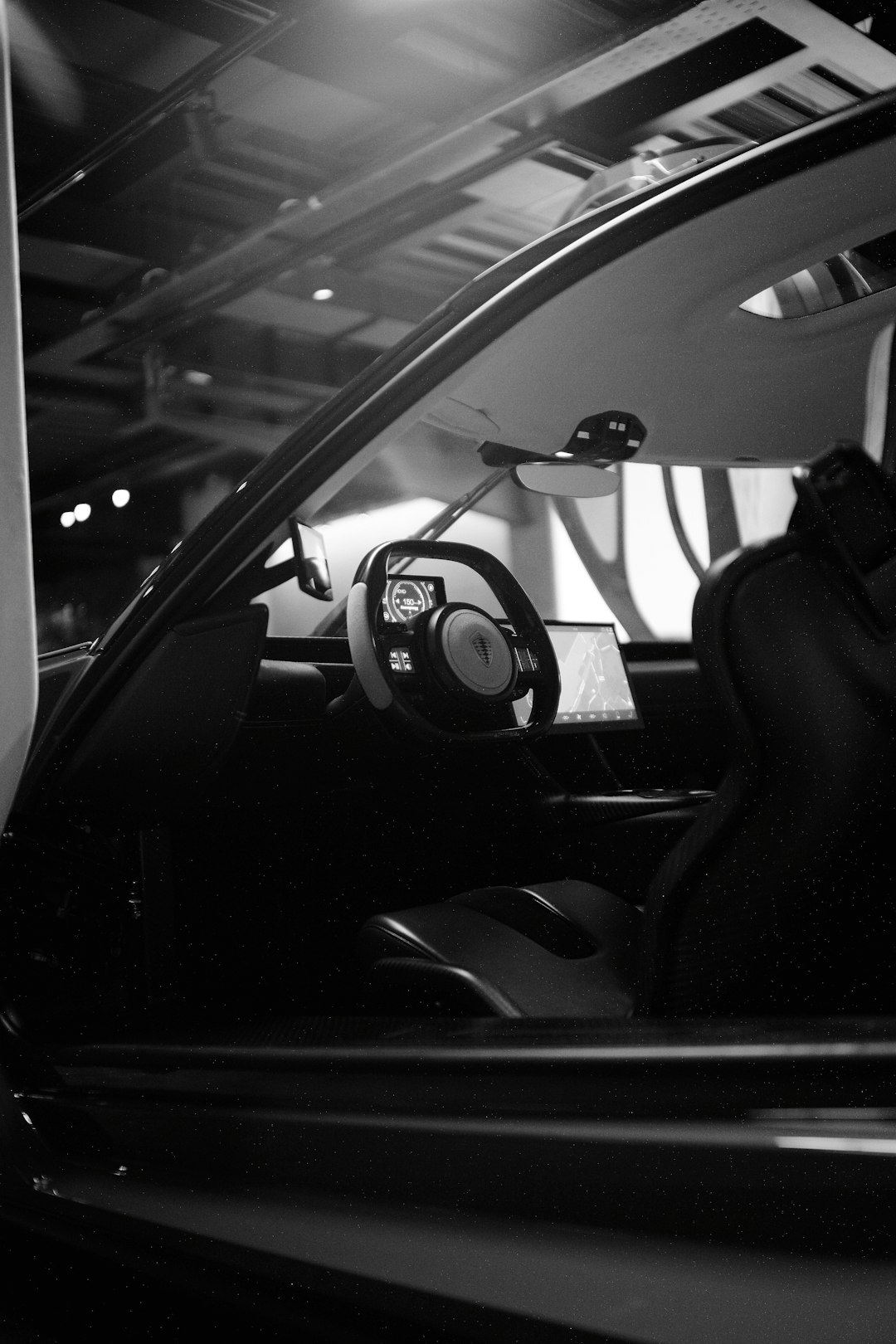Ludhiana stands in teh heart of Punjab. It is a symbol of hustle, industry, and ambition. But while the city’s factories and bazaars are always in motion, one crucial public service struggles. The transport system is stuck in neutral.
Ludhiana was chosen under the Centre’s PM E-Bus Sewa scheme to receive 100 electric buses. It was meant to be a big shift away from diesel, toward cleaner air and smoother city rides. However, nearly two years later, not a single electric bus has hit the streets.
Plans Were Big, Action Was Small
The mood in the Municipal office was upbeat, upon the announcement of the project. Two major depots were planned. One near Ghora Colony and another on Hambran Road. These would be hubs for charging, parking, and repairing the e-buses.The blueprint also mentioned smaller charging stations across busy localities. The goal was to ensure buses never ran out of charge during peak hours.
The paper plan looked solid. Officials even prepared cost estimates and passed the files up the chain. However, in reality the plan still remains on paper.
Tenders That Led Nowhere
In April 2025, tenders were floated to get contractors for the depot construction. Three companies showed interest, but not even one met the technical or financial criteria. The tender was scrapped, and the city went back to square one.
Then came changes in cost estimates. Numbers were reworked, raising new doubts. This back-and-forth meant the project didn’t just slow down. It practically stopped.Fresh tenders were promised. But till date, there's no new contractor, no dug-up earth, and no signs of construction.
Where’s the Money?
Even with approvals in hand, the money required to begin work never reached the local level. That’s where the problem deepened.
Back in February 2025, Ludhiana’s transport department was already ringing alarm bells. Most diesel buses had aged beyond repair. Only 15 out of 120 were still in service. The rest were either junked or needed heavy fixes. Officials warned that by the end of that month, Ludhiana might have no working public buses unless the electric fleet rolled in. Still, no buses came.
What It Means for the People
“I take two buses daily to reach my stitching job in Focal Point. But most days, buses don’t show up,” says Rajwinder Kaur, a garment worker from Gill Road. “We wait for 45 minutes, then finally take an auto.”
In places like Dhandari Kalan, students and factory workers stand in long queues, hoping for rides that rarely come on time. Overcrowding and breakdowns are routine. Drivers struggle to manage frustrated passengers.The plan was to replace these ageing diesel monsters with cleaner, quieter e-buses. For now, commuters are still stuck with the old ones if they’re lucky enough to find one at all.
Pollution Doesn’t Wait
Ludhiana isn’t just crowded; it’s also polluted. A thick layer of smog covers the city. Breathing issues have become common especially in children and elders. The electric bus project was supposed to help ease this burden. Fewer fumes, quieter streets, and less fuel dependency. But with no buses running and diesel vehicles still around, the air remains dirty.Doctors in local clinics report a steady rise in respiratory complaints. Asthma, cough, and wheezing are common even in young children.
Missed Opportunity for Growth
This wasn’t just a transport plan. It was also a chance for local businesses.Ludhiana is famous for making auto parts, tools, and machine parts. Small units here had hoped to get contracts to supply parts for maintenance or even help build local charging stations. Hundreds of jobs could have come up, from drivers and depot staff to engineers and electricians. Instead, the delay has created silence. Many of these businesses are now watching projects in other states go ahead while Ludhiana falls behind.
What Needs Fixing
Experts say there’s still hope, if the system acts fast. Here’s what can make the difference:
-
Float new tenders with clear terms and quick deadlines.
-
Release project funds without further hold-ups.
-
Bring in private partners who can speed up construction and operations.
-
Appoint a dedicated officer to track ever step and cut through red tape.
-
Meanwhile, hire private buses temporarily so people aren’t left stranded.
-
Training programs for future drivers, technicians and depot staff should begin. Start training programs for future drivers, technicians, and depot staff.
The state had planned to launch e-buses in Ludhiana, Amritsar, Jalandhar, and Patiala. Ludhiana was expected to lead. That position is now slipping.Cities in other states, like Indore, Surat, and Bengaluru have moved faster. Their buses are on the road. Their depots are built. Ludhiana, once a manufacturing giant, is stuck waiting. People who were promised a better ride now just want any ride at all.
In Summary
What started as a green dream has become a slow-motion struggle. Ludhiana’s electric bus project had support, money, and a real need. However it’s been held back by poor coordination, delays in funds, and slow decisions.
Now, the city must act before the damage is too deep. It’s not just about buses but also about trust, daily needs, and the health of an entire city.Ludhiana knows how to build. It knows how to move fast. It’s time it applied that same spirit to its public transport.



